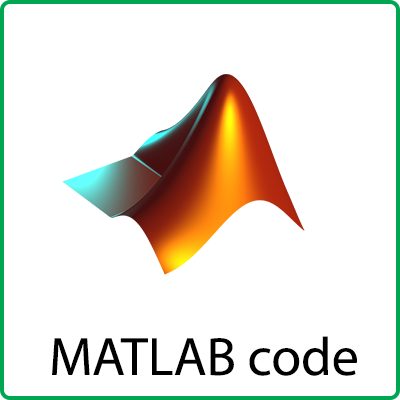Description
Despite much progress in understanding natural image statistics, it has been difficult to translate this knowledge into working machine vision algorithms. For example, the prior learned by Zhu and Mumford, published over 10 years ago, has not been widely adopted in machine vision.
The more recent FOE model is somewhat more widely used, but far less than would be expected given the importance of using a good prior in many machine vision applications. Two barriers to adoption have been (1) the huge computational burden to learn them and (2) the nonintuitive features or potentials that have been learned.
In this project, we have addressed both of these problems. We derived a rigorous upper and lower bound on the log partition function of models based on filter outputs and suggested a novel basis rotation algorithm to learn high likelihood filters. Our analysis indicates that good filters to use with a GSM prior are ones that fire rarely on natural images while frequently on all other images.
When this is combined with the 1/f property of natural image amplitude spectra, it explains why the Roth and Black filters are predominantly high frequency and why inverted potentials are obtained for coarse derivative filters. We also showed that using our basis rotation algorithm it is possible to learn even better filters in a matter of minutes.
Rotation Invariant Nonrigid Point Set Matching in Cluttered Scenes



Reviews
There are no reviews yet.